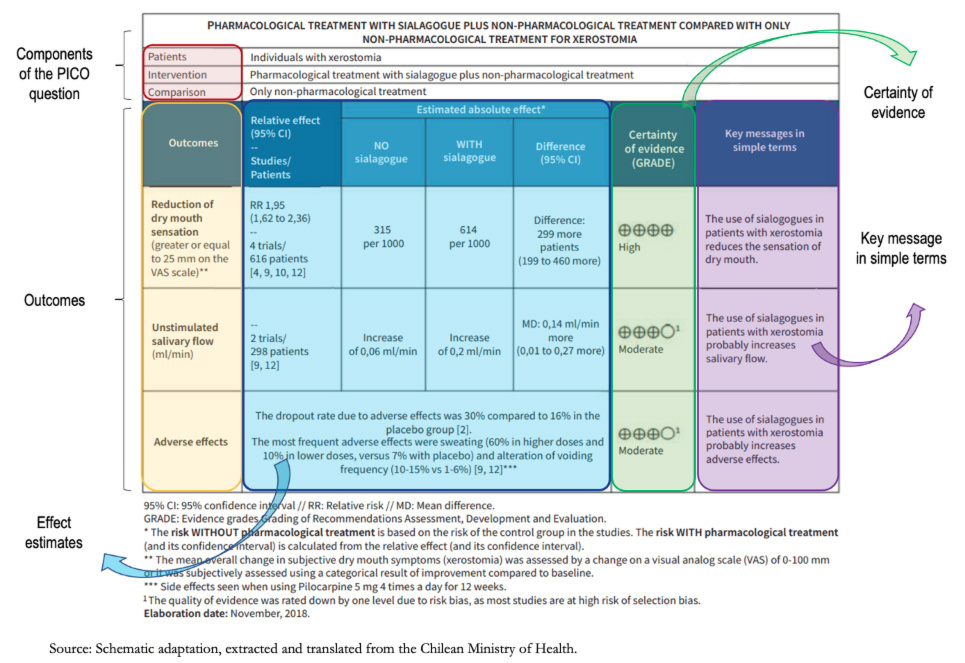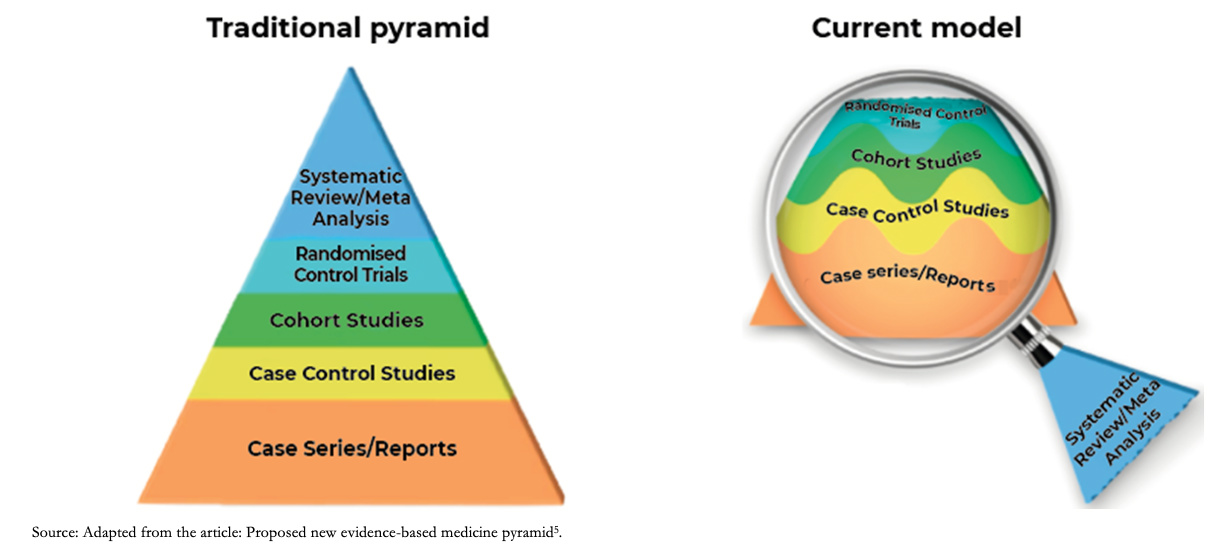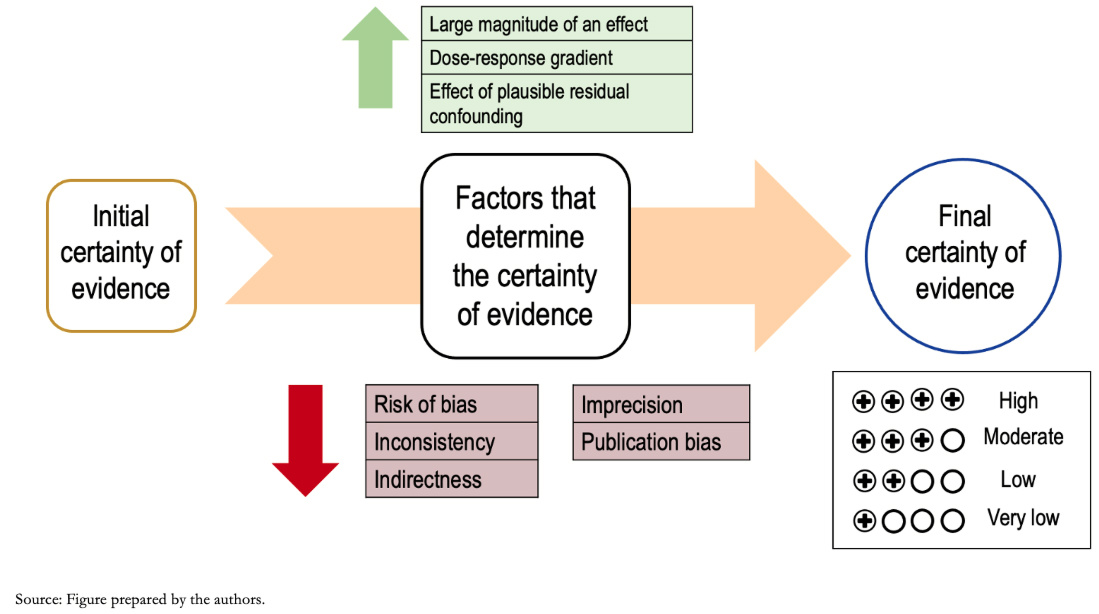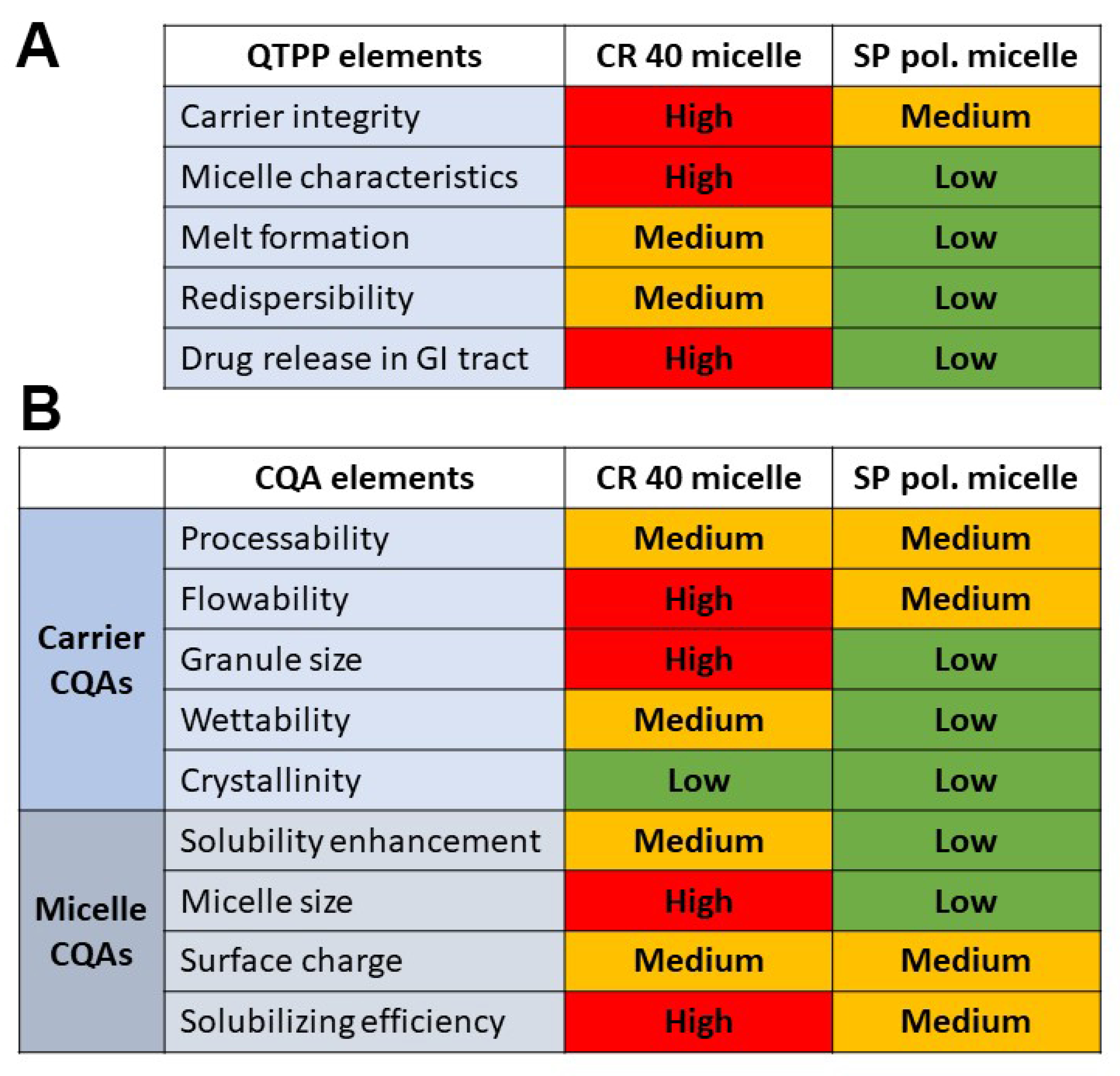GRADE RECOMMENDATIONS IIA DRUG
Applying Class of Recommendations and Level of Evidence to Clinical Strategies Interventions Treatments or Diagnostic Testing in Patient Care Updated May 2019. If treatment is started the goal is to reduce LDL levels by 30 or more.

What Is Class 2a Medical Device I3cglobal
The need for permanent pacing.

. In addition whenever possible patients should be. A phase IbIIa trial of 9 repurposed drugs combined with temozolomide for the treatment of recurrent glioblastoma. 3133 Here we show that it is possible to combine 9 repurposed drugs given a careful evaluation of potential drug-drug interactions and cumulative toxicity.
A is recommended in patients at low-moderate CV risk I B b is recommended in patients with diabetes I A c should be considered in patients with previous stroke or TIA IIa B d should be considered in patients with coronary heart disease IIa B. Drug TreatmentDrug Treatment No CVRF Grade 3 SBP 180 or DBP 110 Grade 2Grade 2 SBP 160-179 or DBP 100-109 Grade 1 SBP 140-159 or DBP 90-99 Life Style weeks Drug Treatment 3 or more CVRF Life Style Unless the necessary evidence is obtained it is not recommended to initiate antihypertensive drug therapy at high normal BP. Other trials in pediatric and adult high-grade glioma had reported the safety of various multi-agent regimens combining chemotherapy with repurposed drugs using a range of 47 agents.
Arrhythmias and other medical conditions that require drugs that result in symptomatic bradycardia. Conditions for which there is evidence general. A first-in-man phase IIIa clinical trial with 2OHOA in patients with advanced solid tumors including grade IIIIV glioblastoma multiforme GBM.
Grade 1 recommendations can be applied uniformly to most patients. But assuming that the subsequent RCTs were appropriately conducted 5 35 the original high-level recommendations were clearly misguided 4 33 34. Up to 10 cash back The international GRADE group has suggested an approach that may be useful for many groups developing guidelines.
Recommendations Class LoE A systolic BP goal of. Recommendations for Renin-Angiotensin System Inhibition With ACE Inhhibitor or ARB or ARNI COR LOE Recommendations IIa ARNI. With antiplatelet drug monotherapy or combination therapy With end stage renal disease with normal aPTT Additional Recommendations Class IIa and IIb.
The AASLD guidelines use the. Weak recommendation moderate-quality evidence. Situations requiring individual patient risk benefit assessment for which administration of IV alteplase may be considered If 3-45 hours from onset 80 years of age COR IIa.
The recommendations on the management of supraventricular tachycardia SVT were released in August 2019 by the European Society of Cardiology ESC in collaboration with the Association for European Paediatric and Congenital Cardiology AEPC 1 2 Several changes from the previous guidelines 2003 include revised drug grades as well as. Classification of Recommendations Class I. Weight of evidenceopinion is in favor of usefulnessefficacy.
Weight of evidenceopinion is in. Agreement or both that a given procedure or treatment is. The GRADE evidence profile tables were used to evaluate the evidence in support of each of the critical and important outcomes create a written summary of evidence for each outcome the consensus on science statements and create consensus-based treatment recommendations.
Conditions for which there is conflicting evidence a divergence of opinion or both about the usefulness. ACP and AAFP recommend that clinicians select the treatment goals for adults aged 60 years or older based on a periodic discussion of the benefits and harms of specific blood pressure targets with the patient. A research study looking at a new treatment for patients with advanced cancer to investigate different doses of the experimental study drug EP0042 in order to determine a dose which is safe well-tolerated and likely to be effective in treating AML acute myeloid leukaemia.
Conditions for which there is evidence andor general agreement that a given procedure or treatment is beneficial useful and effective. UpToDate has adopted the GRADE approach. The grading scheme classifies recommendations as strong Grade 1 or weak Grade 2 according to the balance between benefits risks burden and cost and the degree of confidence in.
Randomised double-blind placebo-controlled Phase IIa study in individuals living with HIV-1 on antiretroviral therapy at six clinical centres in Spain France and. GRADE Grading of Recommendations Assessment Development and Evaluations is a transparent framework for developing and presenting summaries of evidence and provides a systematic approach for making clinical practice recommendations1-3 It is the most widely adopted tool for grading the quality of evidence and for making recommendations with over. B-R Ivabradine can be beneficial to reduce HF hospitalizations for patients with symptomatic NYHA class II-III stable chronic HFrEF LVEF 35 who are re-.
High-grade second- or third-degree AV block persisting for 7 to 14 days after cardiac surgery is an indication for permanent pacing. Efficacy of a procedure or treatment. Strong recommendations Grade 1 are made when there is confidence that the benefits do or do not outweigh harm and burden.
These were accompanied by an overall assessment of the evidence and a. NCCN treatment recommendations for stages IIA-IVB high grade and metastatic disease include the following 30. High-level recommendations using other grading systems strongly advocated use of beta-blockade class I IIa and aprotinin class 1a in specific surgical populations.
Assessment of potential drug-drug interactions with concomitant medications is recommended prior to starting DAA therapy and when possible an interacting co-medication should be stopped or switched to an alternative with less risk for potential interaction during HCV treatment. To assess the safety and tolerability as well as antiretroviral impact of ABX464 an oral investigational drug with a novel mechanism of HIV-1 inhibition ClinicalTrialsgov NCT02735863. Conditions for which there is conflicting evidence andor a divergence of opinion about the usefulnessefficacy of a procedure or treatment.
IIa B Patients found or. Where the magnitude of benefit or not is less certain a weaker Grade 2 recommendation is made. For adults aged 40 to 75 years without diabetes LDL cholesterol levels 70 mgdL and a 10-year ASCVD risk 75 or greater the recommendation is a moderate-intensity statin if the discussion of treatment options favors it class I.
Enrollment in a clinical trial should be considered when available. Grade 2 Weak Recommendations For selected patients with an asymptomatic PAA of at least 20 mm in diameter who are at higher clinical risk of thromboembolic complications and limb loss repair can. Preoperative chemotherapy is recommended for all stages of.

Grade Systematic Weighting Of The Quality Of Evidence And Grading Of Download Table

The Grade Approach Part 1 How To Assess The Certainty Of The Evidence Medwave

Pdf The Grade System For Rating Clinical Guidelines

The Grade Approach Part 1 How To Assess The Certainty Of The Evidence Medwave

The Grade Approach Part 1 How To Assess The Certainty Of The Evidence Medwave

Htn Nuts Bolts Brown Med Peds Residency

Pharmaceuticals Free Full Text Characterizing The Drug Release Enhancement Effect Of Surfactants On Megestrol Acetate Loaded Granules Html
0 Response to "GRADE RECOMMENDATIONS IIA DRUG"
Post a Comment